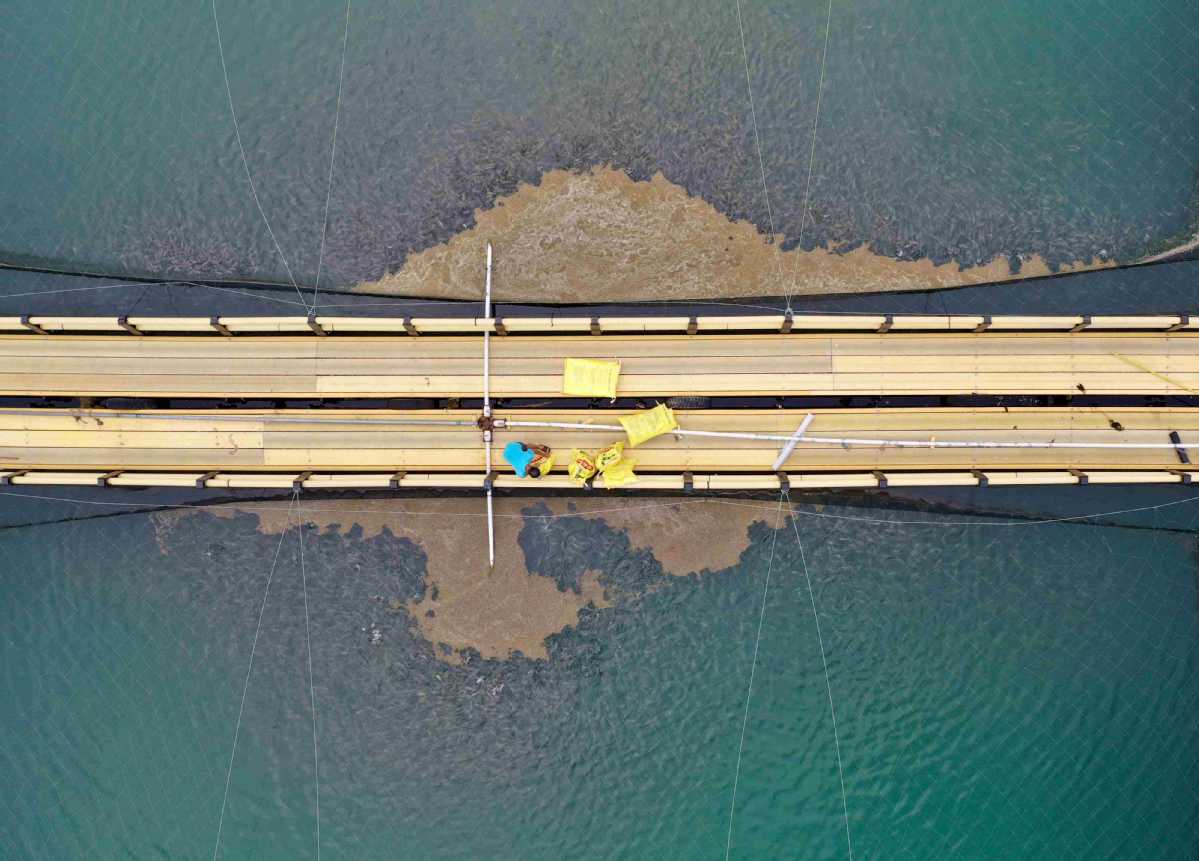Yellow croaker 'savior' revives depleted stock


Feeding the nation
Liu is delighted that his breeding practices-such as feeding fingerlings small crustaceans and using eugenol as a cheap, easily available anesthetic-have been extended to the farming of other marine animals and even freshwater fish.
With the boom in aquaculture across the country, China has become the world's largest producer and consumer of seafood, and the only country to produce more seafood in fish farms than in the wild.
Chinese people eat nearly 65 million tons of seafood every year, accounting for 45 percent of global consumption, with more than 50 million coming from floating farms.
While the large yellow croaker has once again become one of the most popular dishes on tables in China after decades of commercial farming, Liu dedicates himself to improving the industry to produce higher-quality fish for the burgeoning middle class.
On his advice, local governments have been helping fishermen replace existing breeding cages with larger ones so the fish can grow stronger and healthier.
"There is more room for them to swim and exercise in big cages, which are usually 100 square meters and 8 meters deep," Liu said. "Fish that live in small cages, which are 9 square meters, can suffer from overcrowding and have unwanted fat on their bodies because of lack of exercise."
In recent years, some large yellow croaker farms have moved from the safety of the bay to the open sea. Earlier this year, a semi-submersible fish farm was installed in the waters 30 nautical miles off the coast of Ningde as a trial run to farm large yellow croakers in the open, sometimes choppy waters.
The giant pie-shaped cage, which is 140 meters in diameter and 12 meters in depth, provides a farming space of over 150,000 cubic meters to simulate the living environment in the wild.
At the age of 80, Liu still dreams big: to make the large yellow croaker a global dish like the salmon.
























